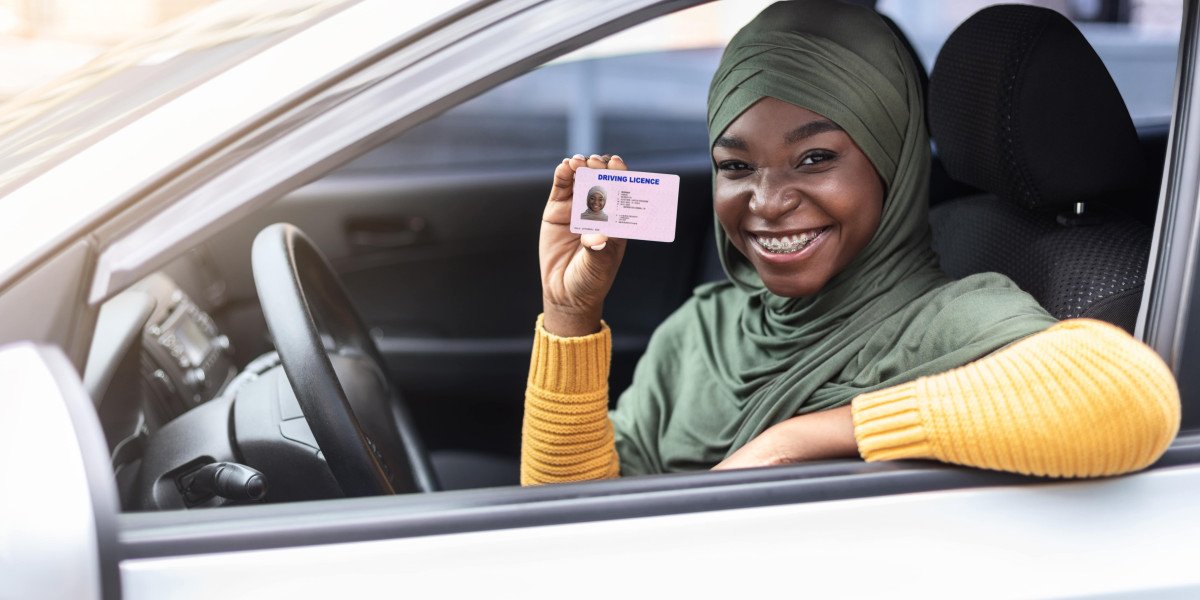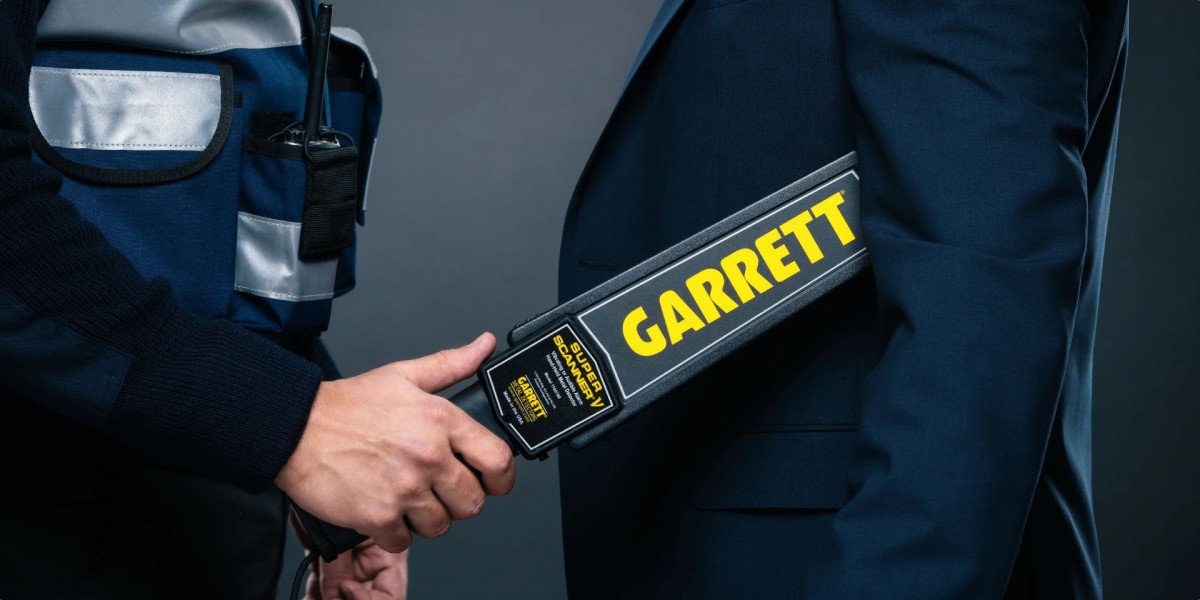Understanding the Driving Licence in the UK: A Comprehensive Guide
The driving licence is a necessary file needed for those wishing to run a motor lorry in the United Kingdom. The process of getting a driving licence can typically seem overwhelming, filled with guidelines and differing processes across various classifications of licences. This post looks into the UK driving licence system, its types, the procedure of acquiring one, and often asked questions.
Kinds Of UK Driving Licences
The UK has several types of driving licences, each tailored for various classifications of vehicles. Understanding these various licence types is essential for possible drivers. Here's a breakdown of the significant classifications:
Provisional Licence:
- This is the very first action to acquiring a full driving licence. It permits individuals to drive a car on UK roadways under particular conditions, normally while accompanied by a certified driver.
- Eligibility: Must be at least 17 years of ages (or 16 for mopeds).
Full Driving Licence:
- After passing the driving test, people are awarded a full driving licence. This permits them to drive unaccompanied.
- Classifications of full driving licence include:
- Category B: Cars and light vans.
- Category A: Motorcycles.
- Category C: Large cars, like lorries.
Special Licences:
- For expert drivers and specific kinds of lorries:
- HGV Licence: For driving heavy goods cars.
- PCV Licence: For passenger-carrying cars like buses and coaches.
- For expert drivers and specific kinds of lorries:
Young Driver's Licence:

- Special arrangements may apply to drivers under 25, consisting of greater insurance expenses and limitations in some regions.
The Process of Obtaining a Driving Licence
The journey towards getting a driving licence in the UK includes several key actions. Each stage is designed to ensure that the candidate is well-prepared to operate an automobile safely. Here are the stages broken down into an easy-to-follow procedure:
Step 1: Obtain a Provisional Licence
- Eligibility: Application can be made online driving licence uk; redirect to Santina, or through postal services if the candidate is at least 17 years of age.
- Files Needed:
- Proof of identity (passport, etc)
- National Insurance number.
Action 2: Learn to Drive
- Driving Lessons: It is advisable to take lessons from a certified instructor.
- Theory Test Preparation: Candidates need to study for the theory test, which assesses understanding of roadway signs, rules, and safe driving practices.
Step 3: Pass the Theory Test
- Elements: The theory test consists of multiple-choice concerns and a threat perception test.
- Passing Requirements: Candidates should score above the required threshold on both areas to advance to the practical driving test.
Step 4: Pass the Practical Driving Test
- Reserving the Test: Once positive with driving, people can book their dry run.
- Test Components: The practical test assesses driving skills, manoeuvres, and decision-making capabilities.
Step 5: Receive Full Driving Licence
- After successful completion of both the theory and dry runs, candidates get their complete driving licence.
Restoring and Updating Your Licence
Driving licences in the UK do have an expiry date. Usually, a full driving licence needs to be restored every 10 years, and a provisionary licence every 10 years or upon reaching a particular age, depending upon the category of the licence.
Key Points for Renewal:
- Ensure upgraded individual information is submitted.
- Pay a renewal fee (suitable in some cases).
- Depending on age, a medical checkup may be required.
Typical FAQ about Driving Licences in the UK
1. How do I inspect if my provisional driving licence is valid?
- You can examine your licence status on the main government site by entering your details.
2. What occurs if I lose my driving licence?
- If you lose your licence, you need to apply for a replacement through the DVLA. This process can be done online.
3. Can I drive with an ended licence?
- No, it is illegal to drive with an expired licence. You must renew your licence before driving.
4. What are the charges for driving without a legitimate licence?
- Driving without a legitimate licence can cause fines, points on your licence, and possibly more major legal effects.
5. Can I drive in other countries with my UK driving licence?
- In many places, a UK driving licence is acknowledged; however, some nations might need an International Driving Permit (IDP) in addition to your UK licence.
6. Can I take the useful test in another language?
- Yes, the driving test can be conducted in different languages through the use of an interpreter. It is suggested to check schedule and guidelines beforehand.
Browsing the complexities of getting a driving licence in the UK is vital for anybody wanting to operate an automobile lawfully and safely. From understanding the different kinds of licences to following the structured procedure to get a licence, being notified considerably adds to successful driving experiences. By educating oneself through resources available, consisting of official government websites, drivers can ensure they are well-prepared for the roadways ahead. Understanding the guidelines and responsibilities associated with driving is not only essential for individual security but likewise contributes to the general safety of roadway users.








